Running is simple, right? You just put one foot in front of the other, and then rinse and repeat. Preferably in quick succession. However, there is nothing, no matter how simple and intuitive, that can’t be improved by some innovative tech – consider this list of the best running gadgets distinct evidence.
Being able to monitor your form and knowing just how fast you’re going, how far you’ve traveled, and just how close you are to finally reaching that new personal best (PB) is a fantastic tool for improving and optimizing your running. This data will help you recognize the areas that you need to work on, and it will bring your goals closer than they’ve ever been before.
When paired with the best fitness apps, the power of fitness tech becomes difficult to ignore. So, we’ve gone ahead and made a list of the best running gadgets that will help you become a lean, mean running machine. Because as intuitive as running is, why not make it an easier, more enjoyable experience?
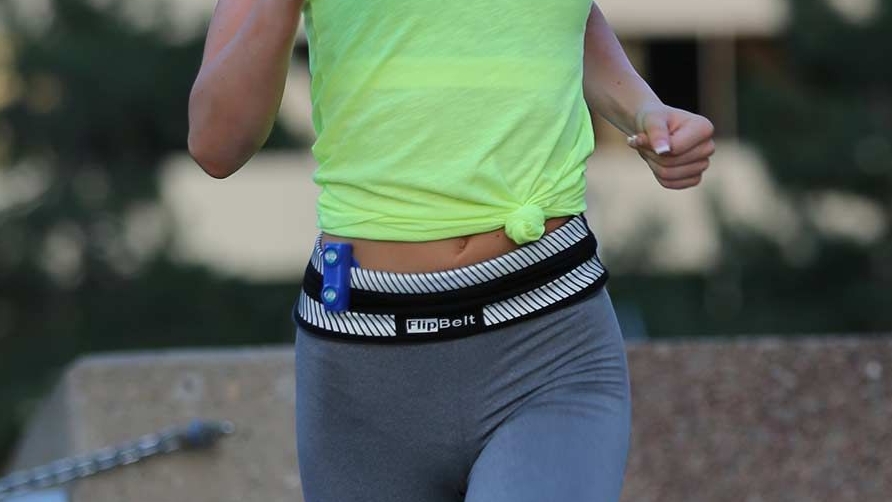
The market is absolutely saturated with devices that feature data tracking, stats and apps, but FlipBelt is one of the most uncomplicated pieces of gear around. It’s also one of the most indispensable.
Pull the flexible fabric tube up around your waist, fill it with all your running essentials – phone, credit card, energy gels, emergency change for the public bathroom – and flip over. And, just like that, everything sits firmly around your waist.
Unlike a fanny pack with its adjustable straps and buckles, the belt sits flush against the skin so there’s essentially no bounce. No zips on the openings means no chafing and, assuming you get the correct size – there are five to choose from ranging from a 23- to 41-inch waist – there’s no riding up either.
You can even get water bottles designed to fit inside the belt, so it’s ‘goodbye’ to that sloshing lopsided gait.
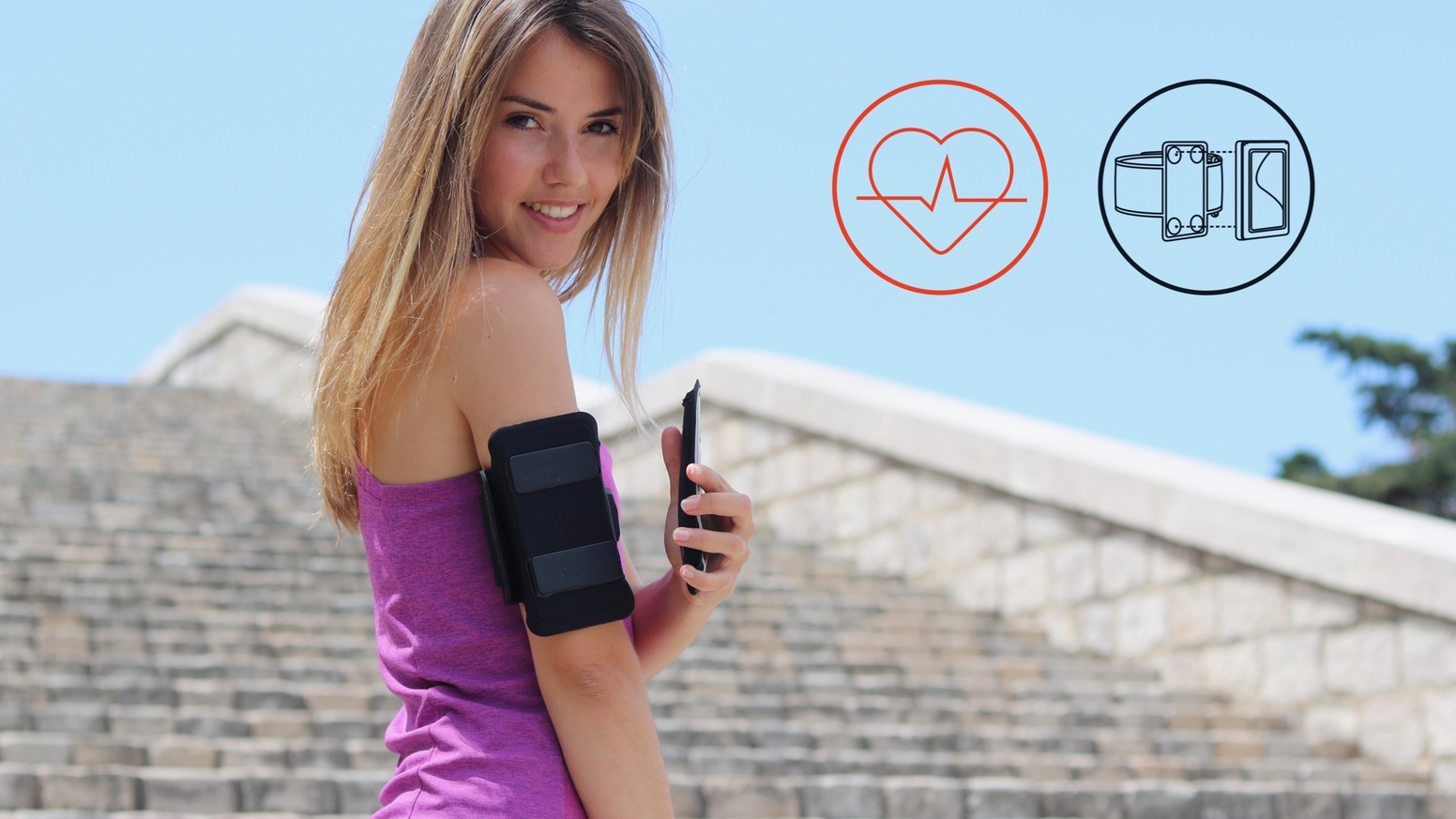
Any runner that is striving to be more efficient in their exercise needs one thing above any other, and it’s a space-saving two-in-one gadget like the Shapeheart Armband.
Unless you’re planning to purchase the Apple Watch 3, carrying your phone on runs is often an unavoidable hassle and, while armbands aren’t everyone’s favorite, they’re regrettably necessary for most runners. And if that’s something you need, you may as well make it twice as useful.
Not only does the Shapeheart provide a convenient way to carry your phone, with a magnetic case that allows you to easily detach your phone from the strap to take calls, capture those necessary running selfies (or check Google Maps), it also monitors your heart rate.
A detachable optical heart rate (HR) sensor located in the neoprene armband sends your heart rate data to basically any running app you choose – Nike+, Strava and Runkeeper – so you can ensure you’re training in the right zone for your goals.
While it obviously won’t be as accurate as a HR chest strap, the armband should be more trustworthy than the data from a watch as you’re less likely to get that gap between sensor and wrist that can cause irregular HR stats.
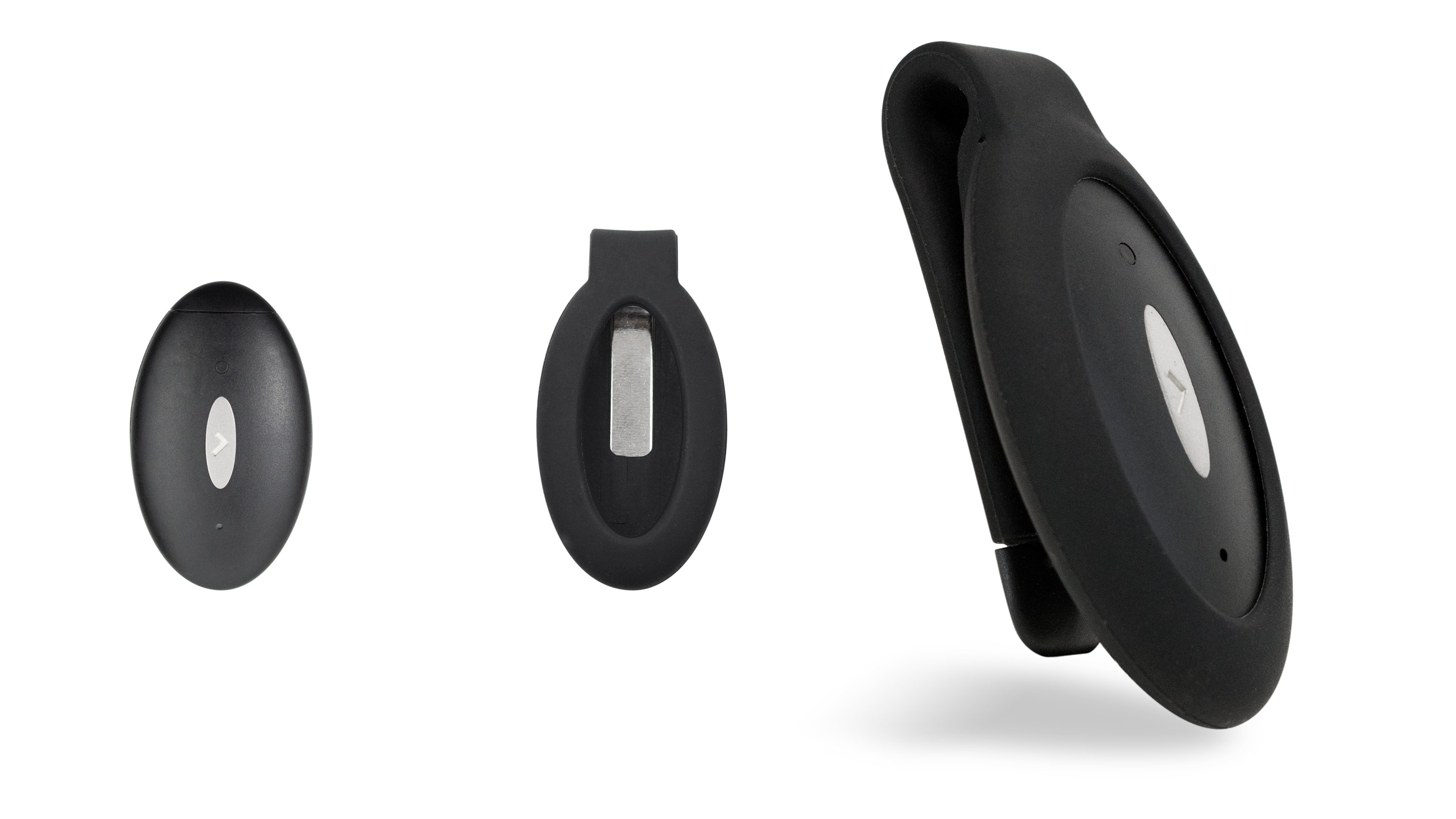
The Lumo Run is one of the best running gadgets in the world, and anyone who is serious about improving their performance and speed should be paying attention.
With no less than seven different sensors, including an accelerometer, gyroscope and vibration sensor, all you need to do is attach the 25g lightweight device to the back of your shorts and you've negated the need for a trip to the augmentations lab.
Lumo tracks all your essential running form stats – that’s cadence (steps per minute), bounce, pelvic movement and how much brake you apply with each step – and sends them to the Lumo app for you to obsess over later, along with personalized recommendations for pre- and post-run exercises based on how you’ve just performed.
You’ll also get tips on aspects of your form to work on during each run, along with live audio-coaching to help you adjust your form on the go.
The caveat for those who prefer running on the light-side, however, is that audio cues and GPS stats, such as pace and distance, are only available if you take your phone along for the ride (see the Shapeheart Armband listed above).
With 20 days of run time and onboard storage for sessions where you want to track phone-free runs this is your best tool for developing your form.
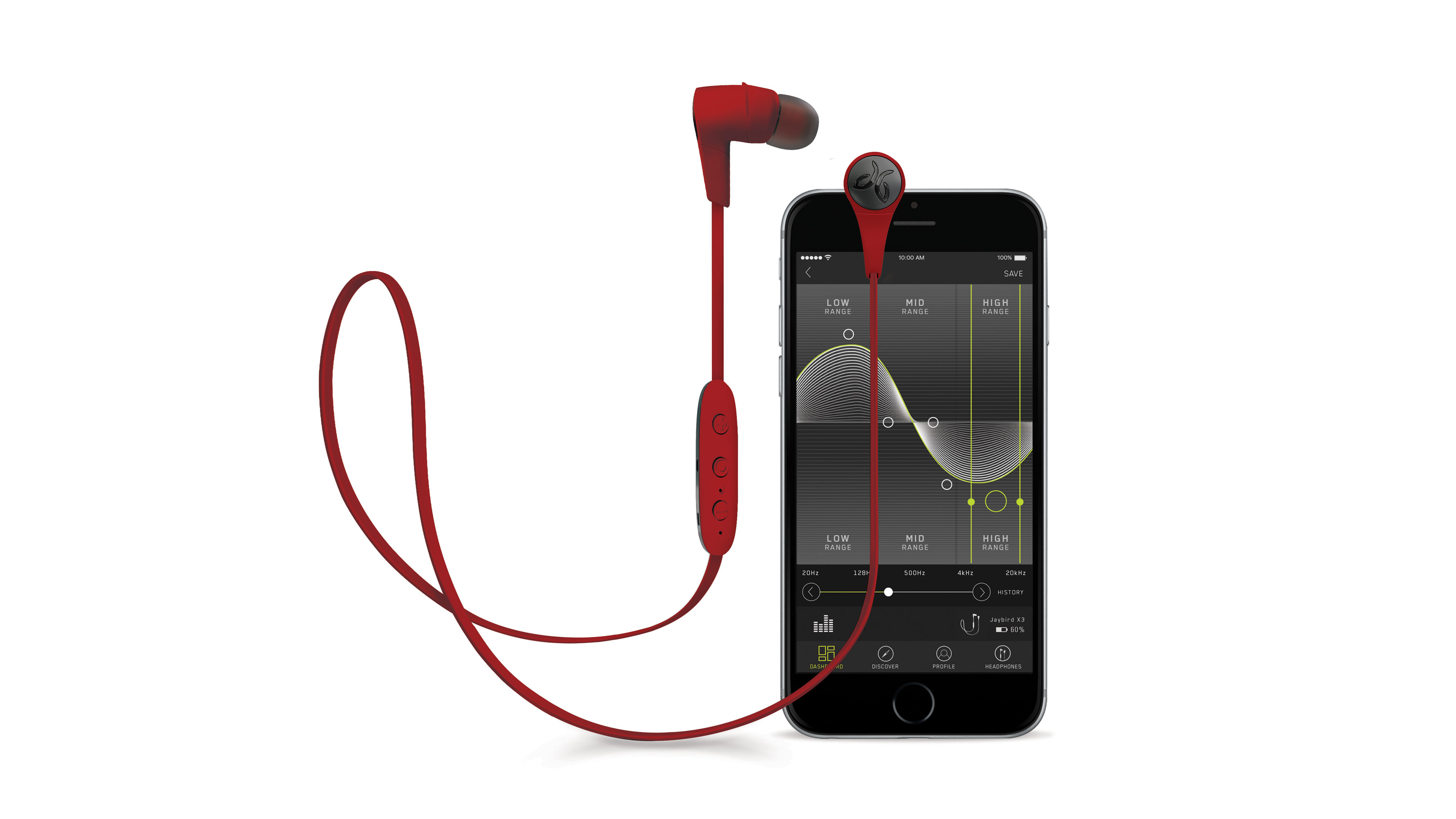
The Jaybird X2 in-ear headphones were extremely popular among runners and we expect the X3 to follow in that tradition These new neckband-style Bluetooth earbuds improve upon their predecessors in nearly every way and even come in at a more respectable price.
To begin with, they’re slightly smaller but keep the sweat-proof design and shockingly great sound.
Bluetooth 4.1 means longer battery life that can easily last you through a marathon with battery to spare, while there’s also more precise control over the audio, thanks to a new companion MySound app that lets you fiddle with sound levels to your heart’s content.
However, what really makes them significant to any runner is how great they fit while running. The wide variety of fitting options means they stay secure in your ears while the lightweight cable eliminates any tug. The only thing that reminds you they’re attached to your head at all is your exercise jam motivating you to strive for that PB.
Read the full review: Jaybird X3
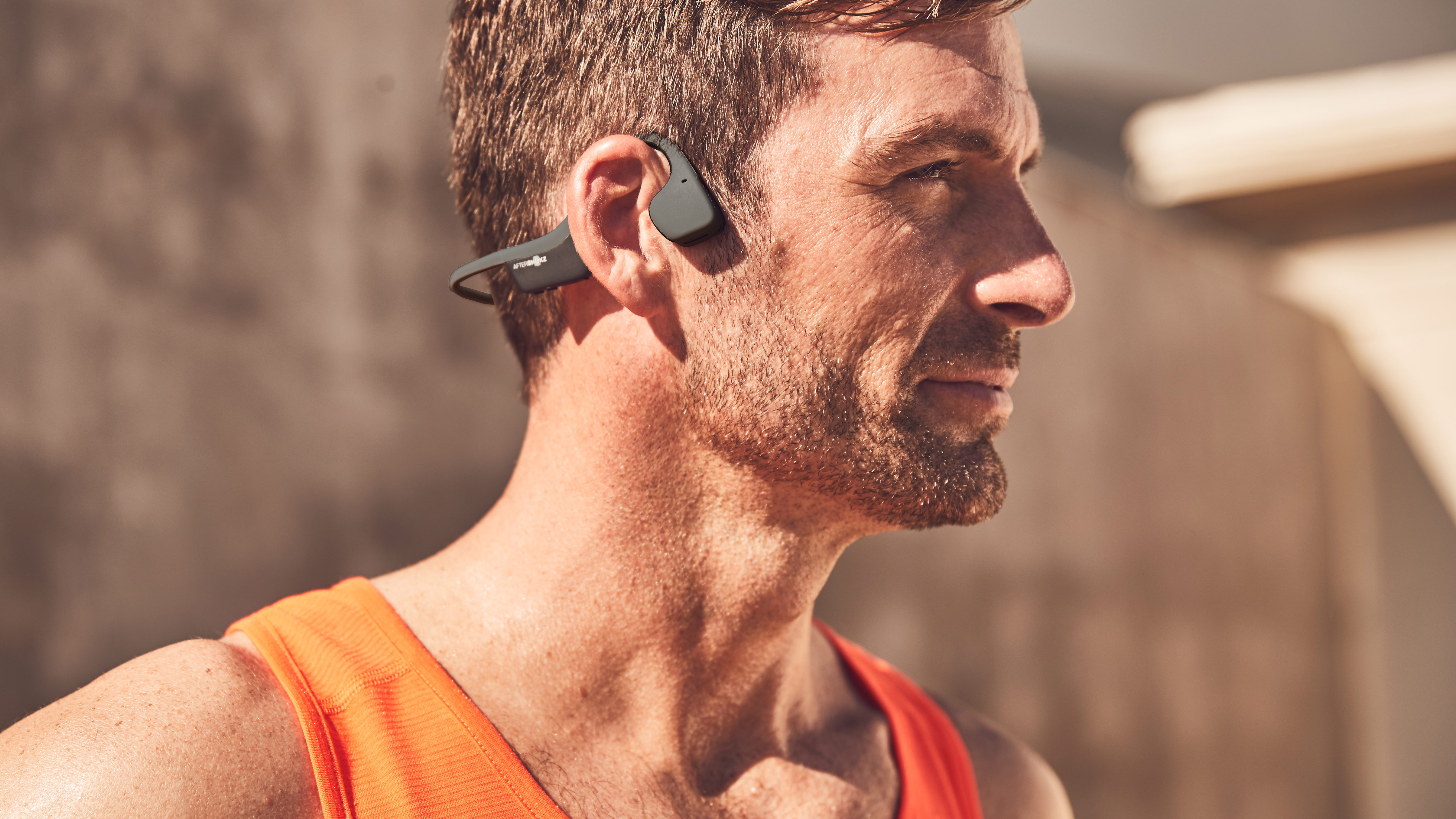
Designed exclusively for working out, the new generation of wireless AfterShokz IP55 sweat-resistant bone-conduction headphones weighs in at just 30g, that’s about 20% lighter than the original Trekz Titanium – because every gram counts when you’re shooting for a PB.
Ideal for running, no wires means no pulling your earbuds out with every arm swing, six hours of music and calls from a 90-minute full charge means they’ll see you through a marathon with time to spare.
The battery life is far from its most important feature, however, the open-ear design allows you to hear what’s going on around you at all times, particularly important on darker nights and misty mornings and makes them race legal in the UK for open-road running.
Other useful improvements include dual noise cancelling mics so you can actually take that call while you’re on the run (as long as you can breathe) and redesigned bone transducers that deliver more bass, one of our biggest bugbears with previous AfterShokz. The pause button has been overhauled to be easier to tap too... in short, this is a brilliant upgrade.
And because sport headphones tend to spend a lot of time kicking about in the bottom of a bag, they come with a durable premium titanium frame and wraparound band that can withstand a few knocks.
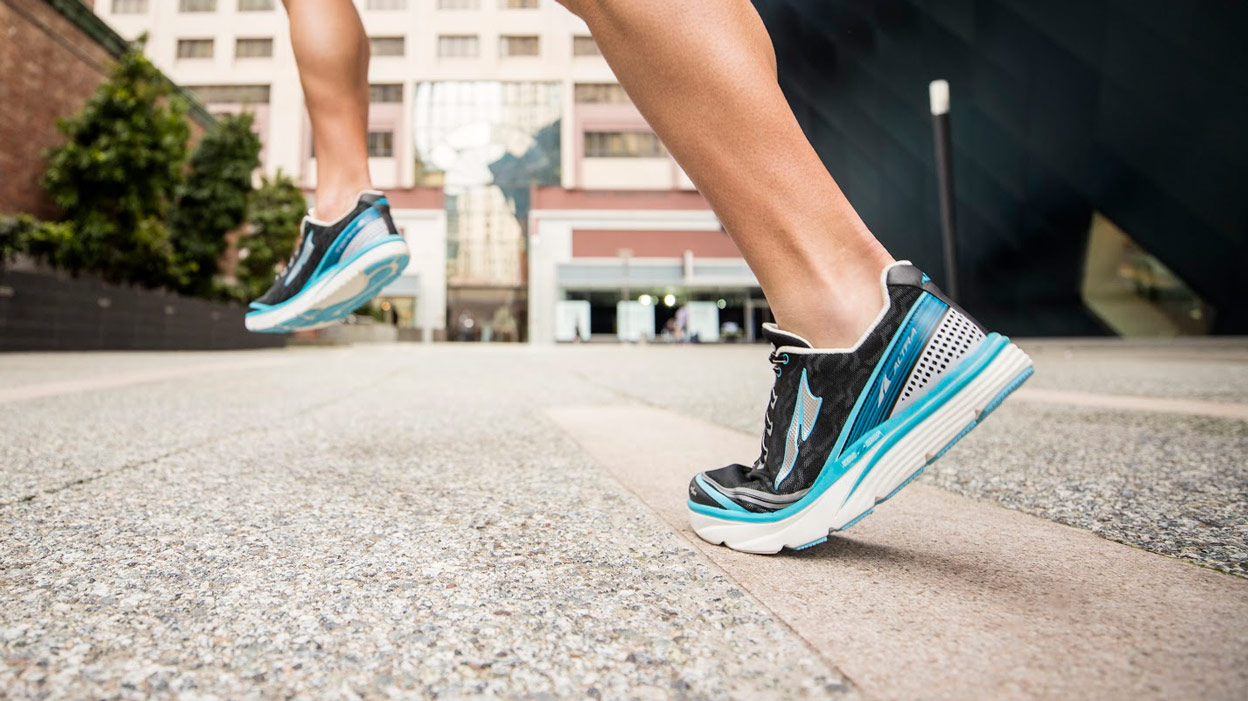
Designed to improve your technique and reduce the chance of injury, just about the only thing these smart trainers don’t do is run for you.
As you plod the pavements they’re collecting all kinds of data via lightweight pressure sensors that run the length of the shoes, storing the stats on the Altra IQ app and providing live coaching tips to help you improve your stride.
Monitoring cadence, impact every time you hit the ground, data on how you’re landing – heel, midfoot or forefoot first – how your stride changes with terrain and elevation and even how long your foot is in contact with the floor, these zero-drop cushioned shoes are a stat-loving strider’s dream.
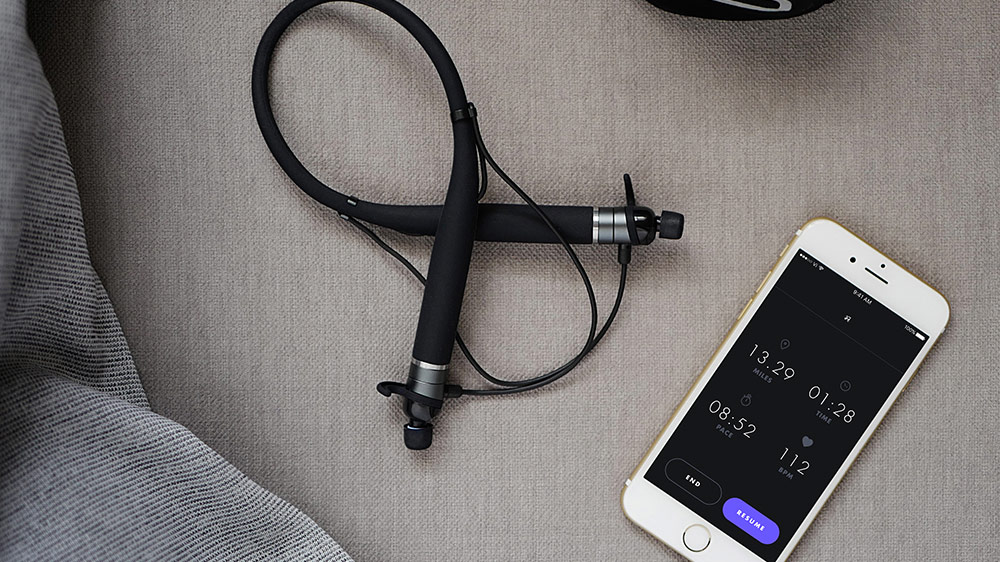
The Lifebeam Vi is an AI running coach contained in these specially designed headphones. This amazing AI technology will adapt to your training schedule and offer personalized advice and workout suggestions as you go.
The bio-sensing earbuds keep track of your distance, speed, elevation, heart rate, cadence and more. This way, the Vi can learn every aspect of your running game, encouraging you to keep going when you’re about to hit a new goal, instructing you to slow down if you have a tendency to set off too fast, offering pace-specific training and suggesting recovery days or harder sessions where necessary.
And, you might think this is kind of creepy, but the Vi will learn your name, where you’re at, and even the weather around you, in order to tailor her advice to the exact minute and location you are at. For instance, she’ll give you some tips for running in the rain if winter is coming.
The Vi is ambitious by design, and represents a future of intelligent fitness and running devices. We’ve spent a lot of time with her – the AI is female-voiced – and while right now she’s a great tool for casual and newer runners building fitness, she’s lacking some essential features that more serious runners, those chasing new PBs, are going to be looking for.
However, with the ability to support years of software upgrades, Vi can only get better as you do and for those who’d love real-time run coaching but can’t afford it, Vi could make for a good AI option.
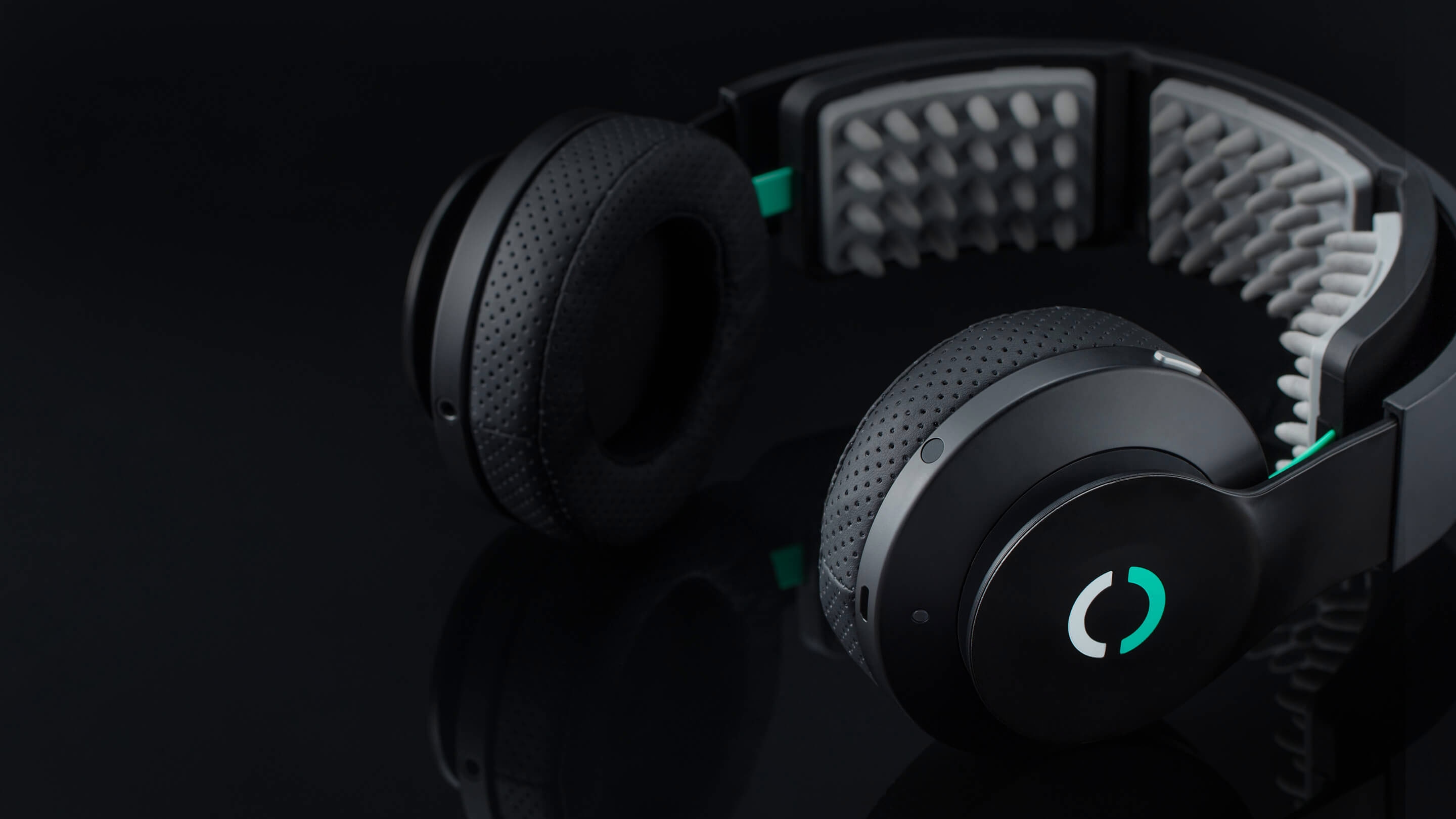
There’s a reason these headphones look like they’re going to tweak your brain – they are.
Part of a rising trend for applying advanced neuroscience to sport and fitness, Halo Sport employs clever, and somewhat complex, brain science to make you run faster. Worn before your workout, Halo delivers a tingling electrical stimulation over a 20-minute warm up period known as ‘neuropriming’.
The idea is that electric signals help the movement-controlling neurons in your brain fire more easily.
Your brain learns to repeat movements such as the strides you make when running through a process called plasticity, but neuropriming is intended to get your brain into a state of ‘hyper-plasticity’ so it reaches its fine-tuning state more quickly and you get greater muscle control and better results from your workout.
Small-scale studies with baseball team San Francisco Giants showed improvements in speed and explosiveness and there’s a weight of scientific research to back up their effectiveness.
However, unless you really, really care about shaving that elusive minute off your Parkrun time, then this might be a trend to monitor rather than dive in to at this stage.
- Now check out the best running headphones
from TechRadar - All the latest technology news http://www.techradar.com/news/best-running-gadgets
No comments:
Post a Comment